What is BIM?
Everything you need to know about BIM
1. Fundamentals of BIM
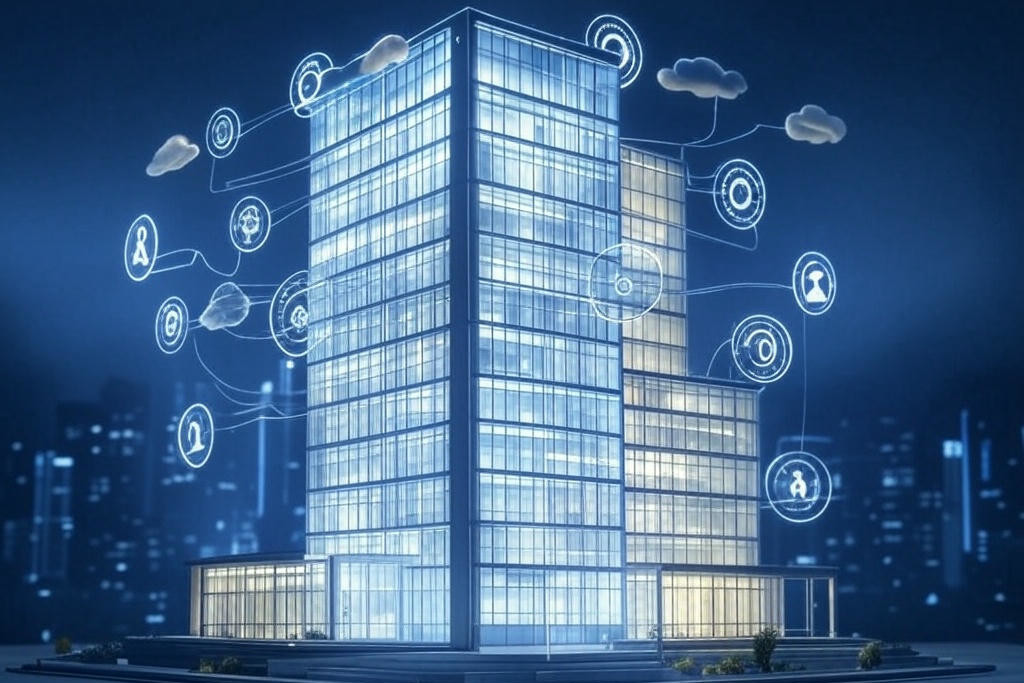
The core principles, definitions, and transformative aspects of Building Information Modeling: BIM is a digital process that creates intelligent, data-rich 3D models to manage buildings/infrastructure across their lifecycle (design, construction, operation). Key ideas include:
- Collaboration: Multi-disciplinary teamwork in shared models.
- Dimensions (3D–7D): Layers of data (geometry, time, cost, sustainability, operations).
- Lifecycle Focus: Seamless data flow from planning to demolition.
- Parametric Modeling: Objects with adjustable properties (e.g., a window’s thermal performance).
- Standards: ISO 19650 and open formats (IFC/COBie) for interoperability.
BIM contrasts with traditional CAD by embedding intelligence (e.g., material specs, costs) and enabling real-time updates. Benefits include error reduction (via clash detection), cost savings, and sustainability analysis. Challenges include software compatibility, upfront costs, and cultural shifts. Stakeholders (architects, engineers, contractors) use BIM to streamline workflows, improve accountability, and deliver smarter, future-ready projects. This foundation underpins BIM’s role as a catalyst for modernizing construction through data-driven collaboration.
2. BIM Software & Tools

The digital ecosystem that powers Building Information Modeling (BIM) is categorized by their roles in design, collaboration, analysis, and lifecycle management:
- Authoring Tools (e.g., Revit, ArchiCAD): Create intelligent 3D models with embedded data (materials, costs) for architects and engineers.
- Analysis Tools (e.g., IESVE, Robot): Simulate energy use, structural integrity, and lighting to optimize performance.
- Collaboration Platforms (e.g., BIM 360, Trimble Connect): Centralize teamwork via cloud-based Common Data Environments (CDE) for real-time updates and clash detection
- Visualization Tools (e.g., Lumion, Enscape): Generate photorealistic renders and VR walkthroughs for client engagement.
- Validation Tools (e.g., Solibri, Navisworks): Automate error-checking and compliance with standards.
- Cost & Scheduling Tools (e.g., Synchro, CostX): Link models to budgets (5D) and timelines (4D).
- Facility Management Tools (e.g., Archibus): Use BIM data for post-construction operations (7D), like maintenance tracking.
- Open-Source/Niche Tools (e.g., BlenderBIM): Provide cost-effective solutions for smaller firms or specialized tasks.
These tools enable seamless data flow across disciplines, reduce errors, and enhance decision-making from design to demolition. They transform traditional workflows into collaborative, data-driven processes, ensuring projects are efficient, sustainable, and future-ready.
3. BIM Standards & Protocols
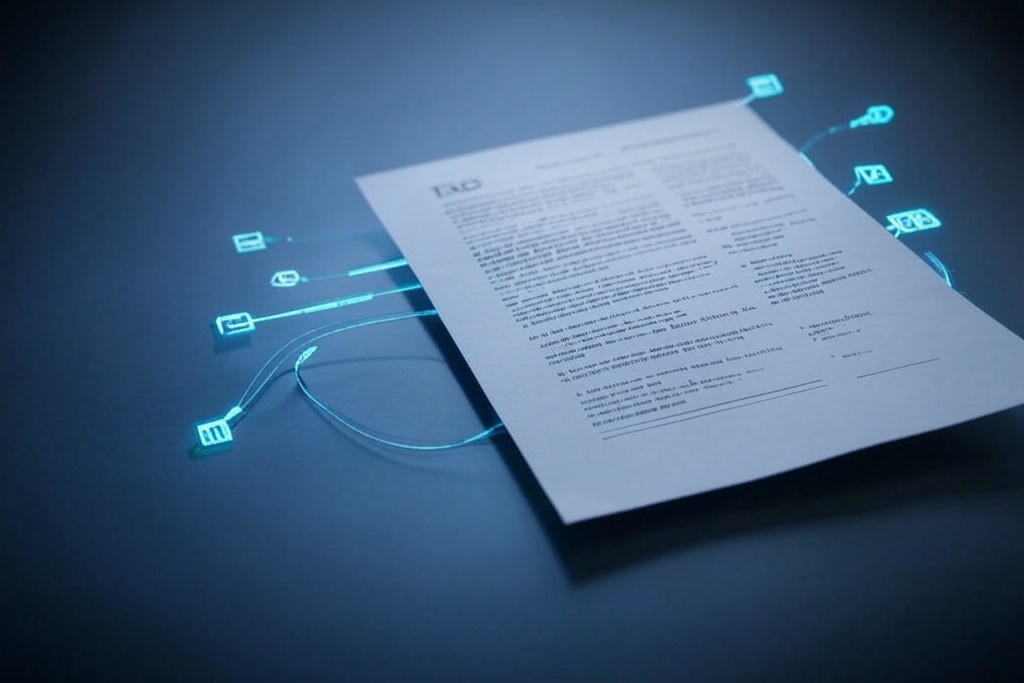
The rules, frameworks, and guidelines ensures consistency, interoperability, and quality in BIM workflows. Key components include:
- International Standards (ISO 19650): Governs information management across a project’s lifecycle, emphasizing collaboration and Common Data Environments (CDE).OpenBIM Standards (IFC/IDM/MVD): buildingSMART’s open formats (e.g., IFC) enable software-agnostic data exchange, avoiding vendor lock-in.
- Regional Standards: Local frameworks like the UK BIM Framework or US NBIMS align BIM with regional regulations and practices.
- Data Exchange Formats: COBie (asset data handover) and BCF (collaboration on clashes/issues) streamline communication between stakeholders.
- Classification Systems: Uniclass (UK) and OmniClass (US) standardize how BIM data is categorized (e.g., materials, costs).
- BIM Execution Plans (BEP): Define roles, deliverables, and workflows to align teams with project goals.
- Legal Frameworks: Contracts (e.g., CIC BIM Protocol) address liability, intellectual property, and data security in shared models.
- Emerging Standards: Blockchain for version control, AI-driven compliance checks, and digital twin protocols for IoT integration.
These standards ensure seamless collaboration, reduce errors, and maintain data integrity across design, construction, and operations. They bridge global practices (via ISO) with local and industry-specific needs (e.g., healthcare, infrastructure), making BIM scalable, reliable, and future-ready.
4. BIM Processes & Workflows
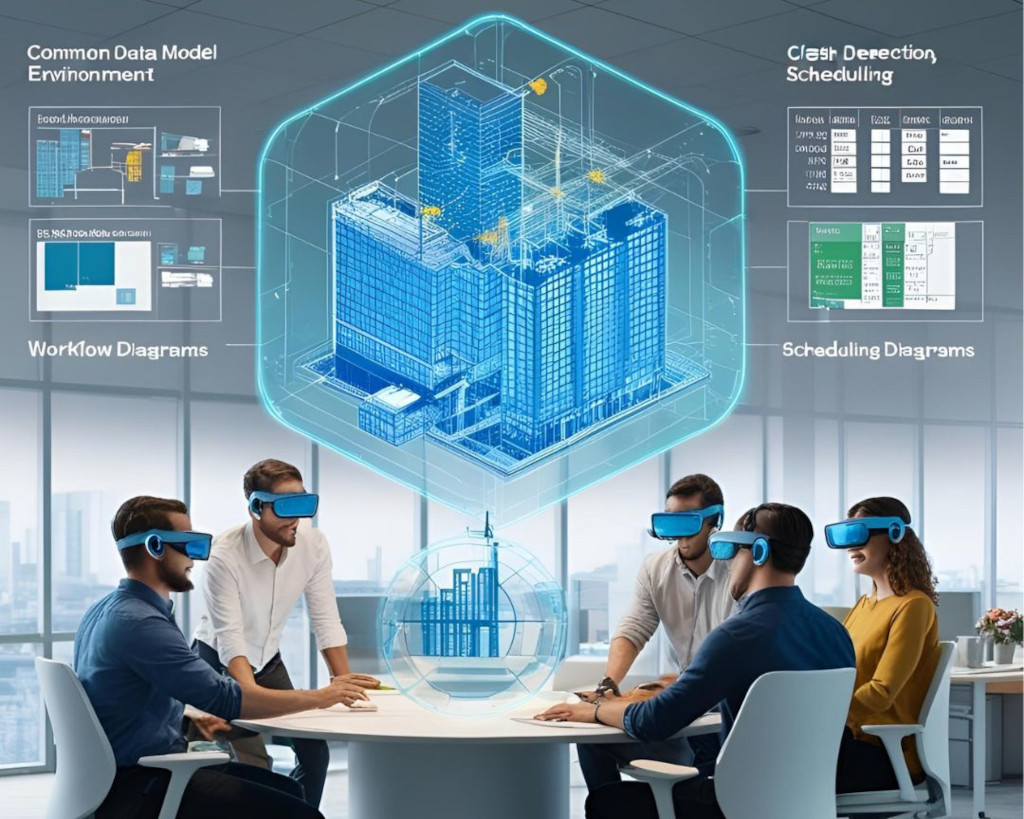
The structured methodologies for implementing BIM across a project’s lifecycle ensures collaboration, efficiency, and data continuity. Key components include:
- Lifecycle Phases: BIM workflows align with stages (design, construction, operations), each requiring specific Level of Development (LOD) for models (e.g., LOD 100 for concepts, LOD 400 for fabrication).
- Collaborative Workflows: Multi-disciplinary teams use Common Data Environments (CDE) and BIM Execution Plans (BEP) to share models, resolve clashes, and assign roles (architects, contractors).
- Clash Detection & Resolution: Tools like Navisworks identify conflicts (e.g., pipes vs. beams) early, reducing delays and RFIs (Requests for Information).
- Model Federation: Combining discipline-specific models (architectural, MEP) into a unified source for holistic analysis.
- Change Management: Tracking revisions via version control and automated alerts to ensure all stakeholders use updated models.
- Data Handover: Transitioning models to facility management using COBie for asset data, warranties, and maintenance schedules.
- Lean Integration: Merging BIM with lean principles (e.g., 4D scheduling for Just-in-Time workflows) to minimize waste.
- Automation: Scripting tools (Dynamo, Python) streamline tasks like quantity takeoffs and clash checks.
- Continuous Improvement: Post-project reviews refine workflows using KPIs (e.g., clash resolution time) and feedback loops.
These processes ensure projects are delivered on time, within budget, and with minimal errors. They bridge design intent with real-world execution, enabling seamless collaboration, lifecycle management, and adaptability to emerging trends like AI-driven automation and digital twins.
5. BIM Applications Across Project Lifecycle
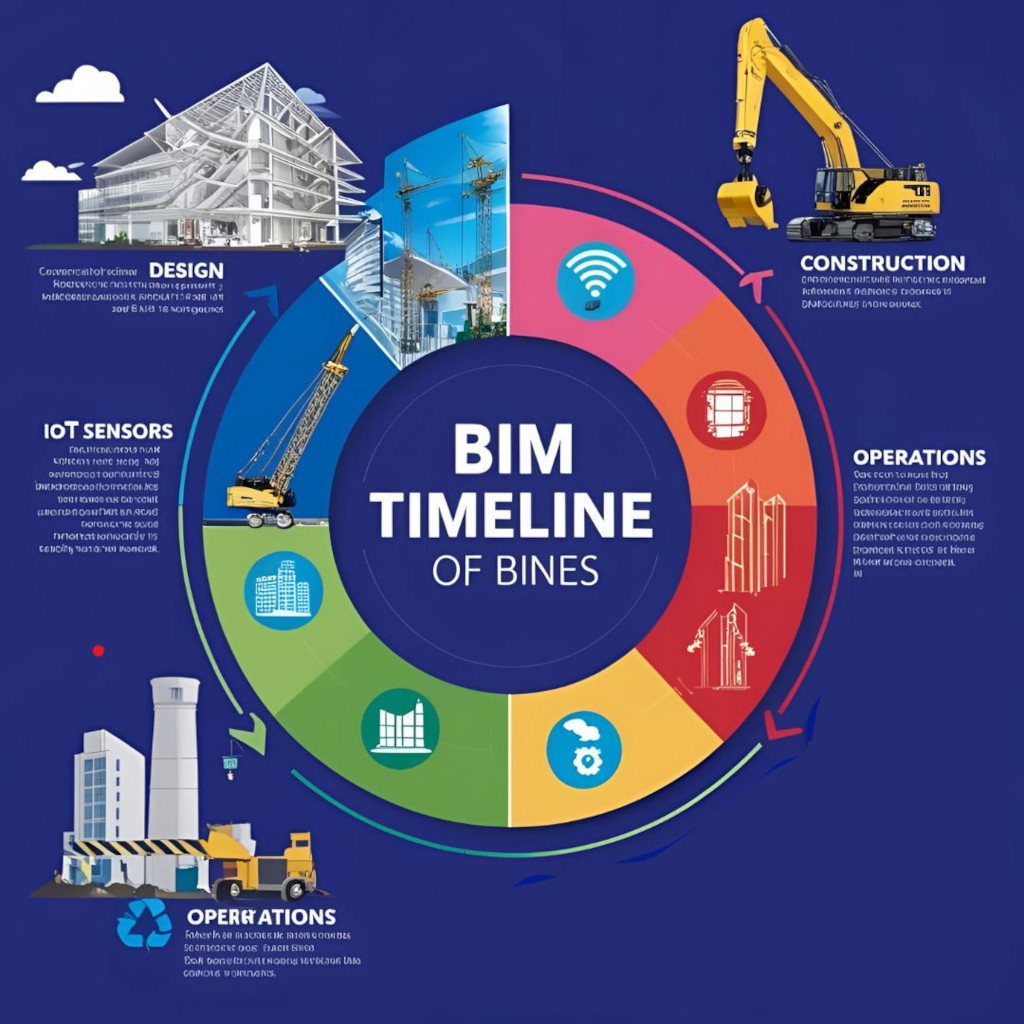
How BIM integrates into every phase of a project, from initial planning to demolition, driving efficiency, sustainability, and collaboration:
- Pre-Design & Feasibility:
BIM evaluates site viability using GIS data and conceptual massing models to predict energy use and resolve conflicts (e.g., underground utilities). - Design Phases:
- Conceptual: Parametric models explore form and performance (daylight, energy).
- Detailed: Construction-ready models with clash-free MEP/structural systems and 5D cost integration.
- Construction:
- 4D/5D BIM: Visualizes schedules and budgets, enabling prefab and reducing delays.
- On-Site: AR/VR and drones validate layouts, while RFID tags track components.
- Handover & Operations:
- 6D/7D BIM: COBie data and digital twins support facility management (maintenance, energy monitoring).
- IoT Integration: Real-time sensor data optimizes HVAC, lighting, and space use.
- Retrofits & Renovation: Laser scans update as-built models for clash-free upgrades (e.g., energy-efficient systems).
- Decommissioning: BIM inventories guide material recycling and safe demolition, supporting circular economies.
- Post-Occupancy: IoT sensors and occupant feedback assess performance gaps (energy, usability) to refine future designs.
BIM ensures seamless data flow across phases, reducing errors, enabling prefab, and extending asset lifespans. Tools like AR, drones, and AI-driven analytics future-proof projects, while sustainability practices (material reuse, energy audits) align with global green goals. This lifecycle approach transforms buildings into dynamic, data-driven assets.
6. Industry-Specific BIM
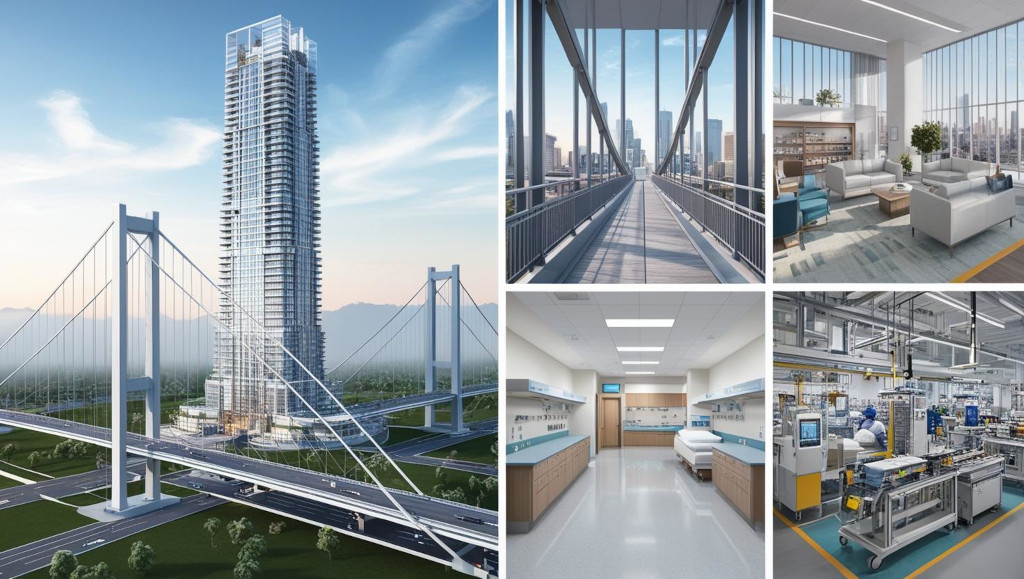
How BIM is tailored to meet the unique demands of different sectors, leveraging specialized tools, workflows, and standards to address industry challenges:
- Architecture & Building Design: BIM enables parametric design, energy modeling, and clash-free coordination of complex geometries (e.g., curved façades) while enhancing client collaboration through real-time renders.
- Civil Engineering & Infrastructure: Focuses on large-scale projects (roads, bridges) using CIM (Civil Information Modeling) for terrain modeling, 4D phasing, and GIS integration to manage environmental and logistical constraints.
- Healthcare: Ensures compliance with medical standards (e.g., infection control, equipment clearances) and links BIM data to asset management systems for tracking MRI machines or surgical suites.
- Oil & Gas: Manages hazardous environments with P&ID workflows, laser scans for retrofits, and safety compliance (HAZOP studies) in chemical plants.
- Retail: Optimizes store layouts using foot-traffic simulations and integrates IoT for smart inventory management and modular pop-up stores.
- Heritage Conservation: Uses 3D laser scanning to preserve historic structures, documenting decay and testing restoration materials digitally.
- Manufacturing: Streamlines prefab workflows by exporting BIM models directly to CNC machines, reducing waste in off-site production.
- Smart Cities: Combines BIM with GIS to model sustainable urban ecosystems, simulating traffic, energy grids, and population growth.
- Disaster Management: Plans for climate risks (floods, earthquakes) and uses BIM for rapid post-disaster reconstruction with prefab solutions.
Key Technologies:
- Digital Twins & IoT: Monitor infrastructure (bridges, HVAC systems) in real time.
- AR/VR: Validate designs on-site (construction) or guide heritage tours.
- GIS Integration: Optimize land use and utilities in urban planning.
BIM’s adaptability drives efficiency, safety, and sustainability across industries, addressing sector-specific needs while fostering innovation through tools like generative design, AI, and blockchain.
7. Emerging Technologies for BIM
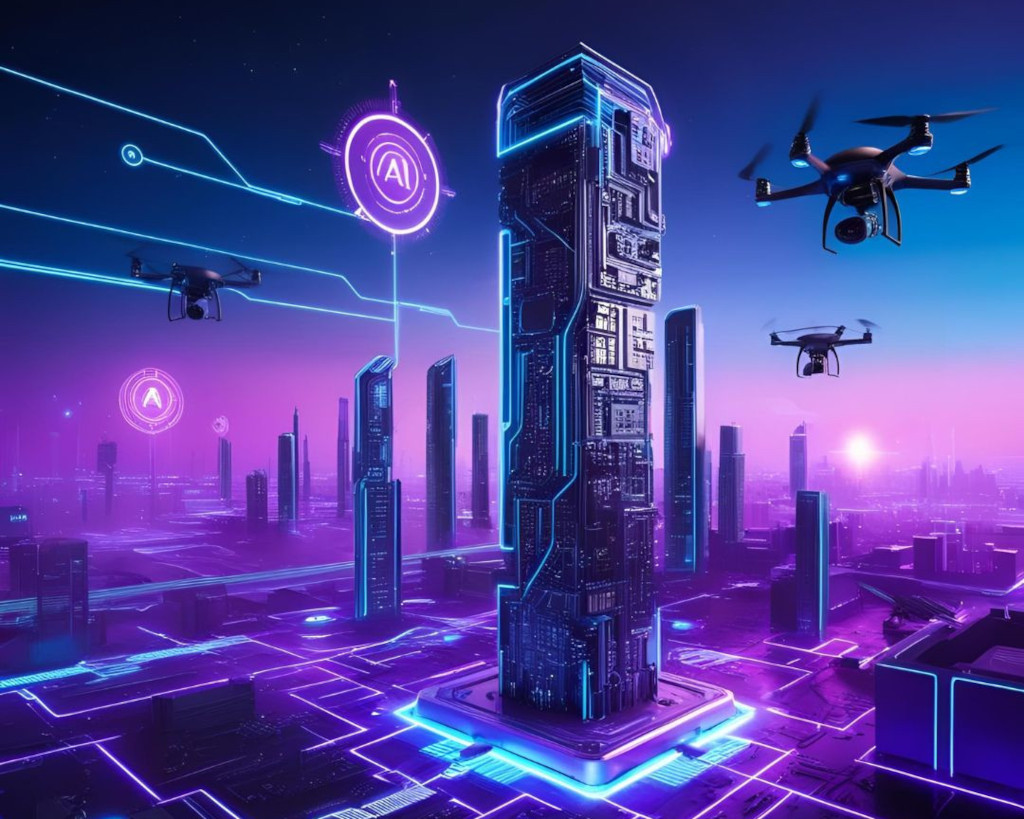
Explores cutting-edge innovations transforming BIM into a dynamic, data-driven ecosystem, enhancing efficiency, collaboration, and sustainability:
- AI & Machine Learning: Automate design optimization (e.g., energy-efficient layouts), predict project risks, and enable self-resolving clashes. Tools like Generative Design produce thousands of design options based on constraints.
- Digital Twins: Real-time digital replicas of buildings sync with IoT sensors (HVAC, occupancy) to monitor performance, enabling predictive maintenance and energy optimization.
- AR/VR: Overlay BIM models on-site via AR helmets for error-free construction or use VR for immersive client walkthroughs and safety training.
- Blockchain: Secures model versioning, approvals, and smart contracts, ensuring transparent workflows and IP protection.
- 3D Printing & Robotics: Print building components (walls, foundations) from BIM models and deploy robots for site inspections or hazardous repairs.
- IoT & Sensors: Embed real-time data (energy use, air quality) into BIM for smart building management and safety monitoring.
- Generative Design & Advanced Simulation: Test designs under real-world conditions (e.g., seismic resilience) using AI-driven physics engines.
- Drones & LiDAR: Rapidly capture as-built data for heritage sites or retrofits, feeding into precise BIM updates.
- Cloud & 5G: Enable global teams to collaborate on massive models in real time, with edge computing processing on-site data instantly.
- Sustainability Tech: Tools like One Click LCA calculate carbon footprints directly from BIM, supporting net-zero goals.
- Quantum Computing (Future): Potential to optimize city-scale logistics (traffic, energy grids) beyond classical computing limits.
These technologies push BIM beyond traditional design into smart construction (autonomous machinery), resilient infrastructure (digital twins for disaster response), and circular economies (3D-printed recyclable materials). Together, they position BIM as the backbone of Industry 4.0, driving smarter, greener, and more adaptive built environments.
8. Legal & Contractual Aspects for BIM

The legal complexities of BIM ensures collaboration aligns with accountability, compliance, and risk management:
- Intellectual Property (IP) Rights: Defines ownership of BIM models (e.g., joint vs. individual rights) and licenses for reuse. Standards like the CIC BIM Protocol (UK) clarify contributor rights.
- Liability Allocation: Assigns responsibility for errors in shared models. Contracts (e.g., AIA E203) specify “Level of Care” for professionals, while insurance covers design flaws or cyber risks.
- BIM-Specific Contracts: Include clauses for LOD requirements, Common Data Environments (CDE), and cybersecurity. ConsensusDocs 301 (US) standardizes BIM workflows and deliverables.
- Data Security & Privacy: Ensures compliance with regulations like GDPR (EU) for sensitive data. Contracts mandate encryption, access controls, and breach protocols.
- Dispute Resolution: Uses mediation/arbitration (e.g., clash reports as evidence) to resolve conflicts faster than litigation.
- Global Challenges: Navigates cross-border issues (e.g., conflicting IP laws, data sovereignty) with harmonized frameworks like UNIDROIT principles.
- Emerging Trends: Smart contracts (blockchain) automate approvals/payments, while ESG compliance ensures carbon tracking aligns with laws like the EU’s CSRD.
These frameworks balance innovation with risk mitigation, ensuring BIM projects meet legal standards while fostering trust in collaborative, data-driven workflows.
9. BIM Education & Training

The ecosystem for building BIM expertise across academic, professional, and organizational levels together foster a skilled, future-ready workforce:
- Academic Programs: Universities offer degrees (B.Sc./M.Sc.) in BIM, blending theory with software training (Revit, Navisworks) and research (AI, blockchain).
- Certifications: Credentials like Autodesk Certified Professional or RICS BIM Certification validate skills in software, standards (ISO 19650), and collaboration.
- Online Learning: Platforms (Coursera, Udemy) provide flexible courses on clash detection, COBie, and digital twins.
- Workshops & Bootcamps: Hands-on training (Autodesk University, BIM hackathons) simulate real-world projects using CDEs like BIM 360.
- Government Initiatives: Mandates (UK BIM Level 2) and subsidies (Singapore CORENET) drive national BIM adoption through policy and funding.
- Vendor Training: Software-specific programs (Graphisoft Learn) teach tools like ArchiCAD and interoperability with IFC/COBie.
- Cross-Disciplinary Training: Role-playing exercises (Stanford IPD) bridge gaps between architects, engineers, and contractors.
- K-12 & Vocational: Early exposure via gamified tools (SketchUp for Schools) and technical apprenticeships in BIM coordination.
- Global Networks: buildingSMART and World BIM Institute harmonize standards across regions.
- Innovation Labs: MIT/BRE labs explore BIM’s future with AI, robotics, and sustainability.
Key Focus Areas:
- Lifelong Learning: CPD credits keep professionals updated on trends like generative design.
- Immersive Tech: VR/gamification (BIMVR) enhances engagement in safety or clash training.
- Mentorship: Internal “BIM Champions” and programs (ACE Mentor) accelerate adoption.
This ecosystem ensures BIM literacy spans from classrooms to construction sites, equipping individuals and organizations to tackle evolving industry challenges with technical proficiency and collaborative agility.
10. BIM Case Studies & Best Practices
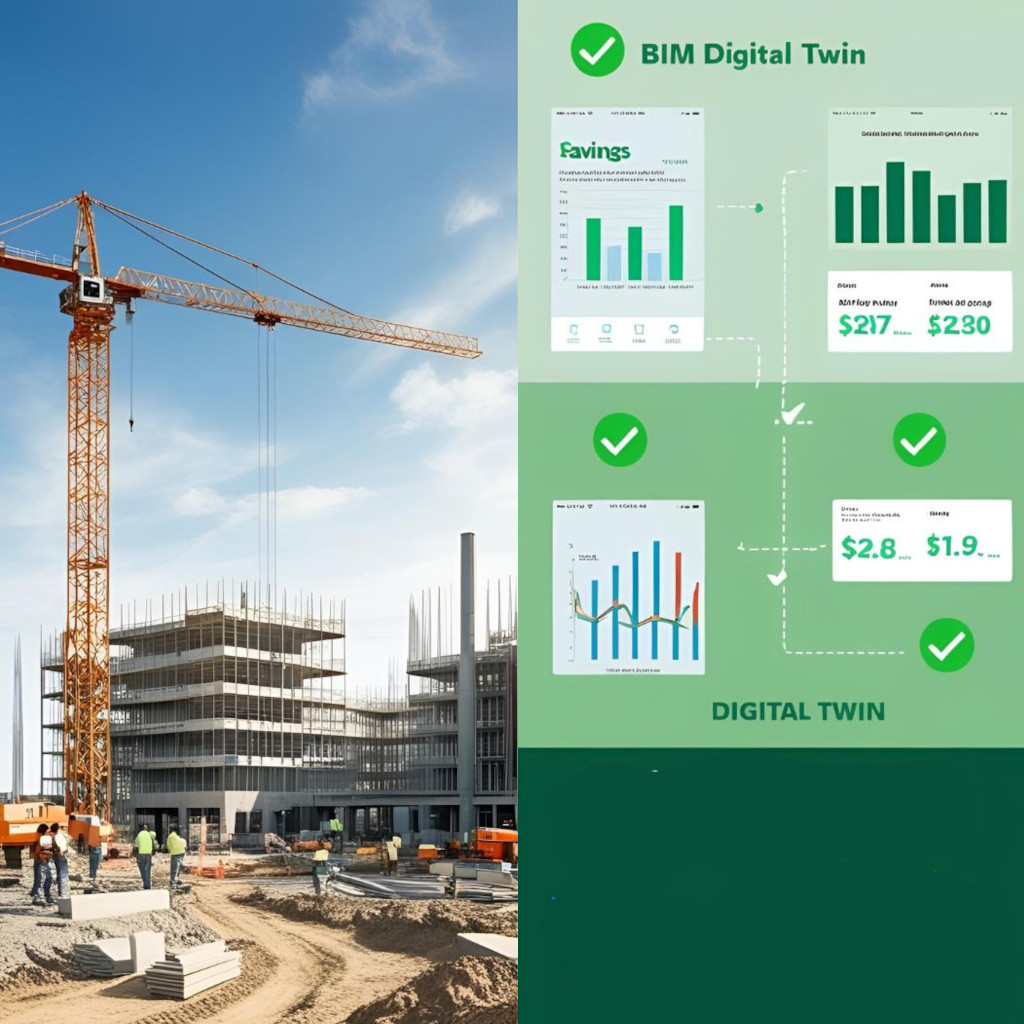
The theories and the practices showcase real-world BIM successes, failures, and actionable strategies to guide future projects:
Key Case Studies:
- Crossrail (London): BIM resolved 10M+ clashes pre-construction via centralized CDEs, reducing delays by 20%.
- Shanghai Tower: Energy modeling and modular BIM cut operational costs by 30%, proving sustainability in skyscrapers.
- Singapore’s COVID Facilities: Prefab BIM templates enabled 1,000-bed hospitals in 30 days, highlighting crisis-ready workflows.
- Berlin Airport: Fragmented models caused delays—underscoring the need for robust BEPs and collaboration.
- UK BIM Level 2 Mandate: Policy-driven adoption saved 20% costs and upskilled 50,000 professionals.
Best Practices:
- Collaboration: Use Common Data Environments (CDE) and BIM Execution Plans (BEP) to define roles and clash thresholds.
- Data Handover: Apply COBie standards for seamless FM integration and digital twins for predictive maintenance.
- Retrofits & Modular Builds: Laser scans and prefab workflows reduce waste (e.g., Seattle Tower’s 40% carbon cut).
- Post-Occupancy Feedback: Use IoT and occupant data to refine designs.
Lessons Learned:
- Success Drivers: Early stakeholder alignment, clash resolution, and modular design.
- Failure Mitigation: Avoid siloed teams and poor model coordination.
These examples and strategies demonstrate BIM’s transformative potential while offering blueprints to avoid pitfalls, ensuring projects are efficient, sustainable, and resilient.
11. Research & Development in BIM

Cutting-edge innovations and academic advancements are pushing BIM beyond current capabilities, driving the industry toward smarter, sustainable, and inclusive solutions:
Key Focus Areas:
- AI & Automation: Generative design tools (e.g., Autodesk Refinery) and ML-driven clash prediction optimize building performance and reduce manual effort.
- Digital Twins & IoT: Real-time syncing of BIM with IoT sensors (e.g., Siemens MindSphere) enables predictive maintenance and energy efficiency.
- Sustainability: Research on low-carbon materials (mycelium composites) and tools like Tally for lifecycle carbon analysis.
- Robotics: BIM-driven 3D printing (Apis Cor) and autonomous site robots (Boston Dynamics Spot®) automate construction.
- Blockchain: Secures BIM data via tamper-proof versioning and smart contracts (BIMCHAIN).
- Immersive Tech: AR/VR (Microsoft HoloLens) enhances training, safety, and on-site error detection.
- Quantum Computing: Early experiments to solve hyper-complex logistics (e.g., city-scale traffic optimization).
Impact & Collaboration:
- Cross-Disciplinary Networks: MIT and EU’s BIMplement project unite academia/industry for energy-efficient retrofits.
- Policy & Ethics: Standards (ISO 23387) and studies on equitable design (Harvard’s affordable housing research) ensure responsible innovation.
Future Outlook:
R&D positions BIM as the backbone of smart cities, circular economies, and resilient infrastructure, addressing global challenges like climate change and urbanization. By bridging tech breakthroughs with ethical frameworks, it ensures BIM evolves as a tool for both innovation and social good.
12. Sustainability & BIM

How BIM drives environmentally responsible practices across a building’s lifecycle, integrating ecological, social, and economic goals:
- Green Certifications: Tools like Tally and Insight 360 automate compliance with LEED/BREEAM by tracking energy use, materials, and carbon footprints.
- Energy & Carbon: BIM enables net-zero designs via energy modeling (e.g., solar optimization) and lifecycle assessment (LCA) tools like One Click LCA to cut embodied/operational carbon.
- Circular Economy: Platforms like Madaster catalog materials for reuse, while prefab workflows reduce waste by 30%.
- Water & Resilience: Simulates rainwater harvesting, flood resilience, and climate adaptation (e.g., Miami’s sea-level rise strategy).
- Social Equity: Ensures designs are inclusive (ADA compliance) and benefit communities (e.g., Barcelona’s green space prioritization).
- Policy & Reporting: Aligns with global mandates (Paris Agreement, EU Taxonomy) by automating ESG metrics and carbon tracking (EC3).
- Urban & Biodiversity: BIM-GIS integration plans low-carbon cities and protects ecosystems (e.g., London’s Crossrail wetland restoration).
- Future Trends: Explores AI-driven bio-materials (mycelium insulation) and blockchain for ethical sourcing.
BIM bridges design intent with real-world impact, transforming buildings into sustainable, resilient assets that prioritize people, planet, and performance.
13. Global BIM Adoption

How BIM is adopted, regulated, and adapted worldwide, reflecting regional priorities, challenges, and innovations:
Key Regions & Strategies:
- UK/EU: Mandates like BIM Level 2 (ISO 19650) and EU harmonization drive collaboration and digital twins.
- US: Market-led adoption via NBIMS and federal projects (e.g., VA hospitals), though fragmented regulations persist.
- Asia:
- Singapore: BIM e-submissions (CORENET) and smart city digital twins.
- China: State-backed CIM for urbanization; rapid but uneven quality.
- Middle East: Mega-projects (NEOM, Dubai Expo) use BIM with AI/blockchain for modular builds.
- Nordics: Sustainability leaders (e.g., Norway’s Powerhouse Brattørkaia) with carbon-neutral BIM workflows.
- Australia/NZ: Focus on climate resilience (bushfire/flood simulations).
- Africa/India: Emerging adoption via mobile tools (BIMx) and affordable training, hindered by costs/skills gaps.
Challenges:
- Costs: High software/training expenses in developing economies.
- Policy Gaps: Lack of national mandates (e.g., Latin America).
- Cultural Barriers: Resistance to digital workflows (Middle East, Africa).
Future Trends:
- Global Unification: ISO 19650-3 and Global BIM Network for cross-border projects.
- Leapfrogging Tech: Mobile BIM and AI bridge gaps in emerging markets.
BIM’s global spread reflects its role in modernizing construction, balancing local needs (sustainability, resilience) with universal goals (efficiency, collaboration). While advanced economies lead in standardization, emerging regions innovate to overcome barriers, shaping a diverse yet interconnected BIM ecosystem.
14. Future BIM Trends

How emerging technologies will transform BIM into a self-aware, adaptive ecosystem, reshaping the AEC industry:
Key Trends:
- AI & Automation: AI will autonomously resolve clashes, predict risks, and optimize designs (e.g., self-healing schedules). Quantum computing will tackle hyper-complex simulations (city-scale logistics).
- Immersive Collaboration: XR (AR/VR/MR) merges digital and physical workflows—think holographic model reviews or on-site AR-guided construction.
- Decentralized BIM: Blockchain 3.0 and NFTs secure data, track material origins, and enable community-driven projects via DAOs.
- Self-Healing Systems: Digital twins evolve into autonomous entities, dispatching repair drones and adjusting building systems in real time.
- Climate & Ethics:
- Climate-Responsive BIM: Models test designs against IPCC climate scenarios and optimize carbon sequestration.
- Ethical AI: Frameworks ensure AI-driven designs are equitable and bias-free.
- Human-Centric Design: Tools prioritize mental health (ergonomic analytics) and inclusivity (auto-ADA compliance).
- Edge-to-Cloud Ecosystems: 5G and edge computing enable real-time collaboration, even in remote or off-planet builds (e.g., NASA’s lunar habitats).
- Bio-Hybrid & Space Tech: BIM models bio-concrete growth and extraterrestrial colonies, blending biology with robotics.
Vision:
BIM will transcend traditional construction, becoming a living, ethical, and interplanetary tool that bridges human needs, planetary resilience, and technological innovation. From self-optimizing cities to algae-powered façades, these trends herald a future where buildings think, adapt, and heal—ushering in an era of smarter, kinder, and limitless built environments.